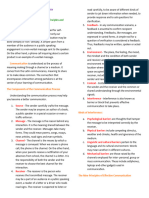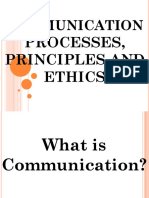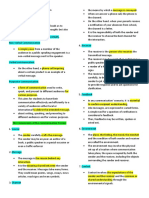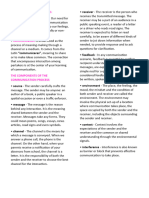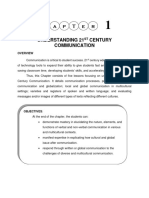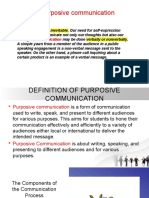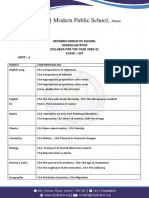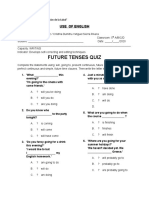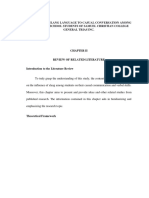0% found this document useful (0 votes)
78 views4 pagesPCOM Lesson 1
The document discusses the components and principles of effective communication. It outlines the communication process which includes a source, message, channel, receiver, feedback, environment, context and potential interference. It also details nine principles of effective communication including clarity, concreteness, courtesy, correctness, consideration, creativity, conciseness, cultural sensitivity and being captivating. The document concludes with a brief discussion of ethics in communication.
Uploaded by
Maya RosarioCopyright
© © All Rights Reserved
We take content rights seriously. If you suspect this is your content, claim it here.
Available Formats
Download as DOCX, PDF, TXT or read online on Scribd
0% found this document useful (0 votes)
78 views4 pagesPCOM Lesson 1
The document discusses the components and principles of effective communication. It outlines the communication process which includes a source, message, channel, receiver, feedback, environment, context and potential interference. It also details nine principles of effective communication including clarity, concreteness, courtesy, correctness, consideration, creativity, conciseness, cultural sensitivity and being captivating. The document concludes with a brief discussion of ethics in communication.
Uploaded by
Maya RosarioCopyright
© © All Rights Reserved
We take content rights seriously. If you suspect this is your content, claim it here.
Available Formats
Download as DOCX, PDF, TXT or read online on Scribd
/ 4





